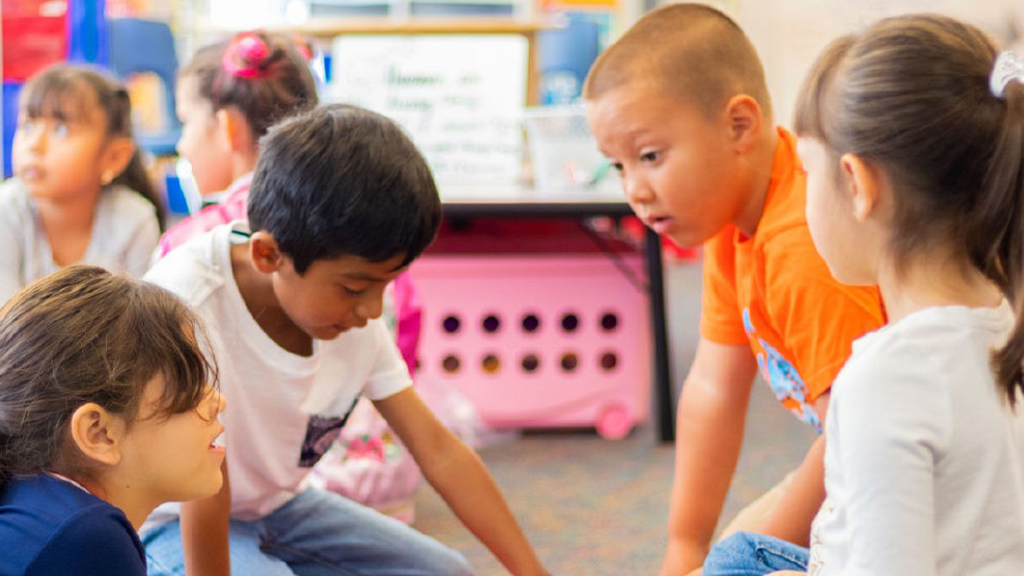Creating an Inclusive Classroom

0%
An inclusive school or classroom can only be successful when all students feel they are truly part of the school community.
LIP
Inclusion is about the way we can structure our schools, our classrooms and our lessons so that all our students learn and participate together. An inclusive classroom is one that creates a supportive environment for all learners, including those with learning differences and one that can also challenge and engage gifted and talented learners by building a more responsive learning environment. Inclusivity also means respecting people from all backgrounds and cultures. By teaching our students about the importance of inclusivity, we can create a much more tolerant and understanding environment, not just in the classroom and school. but also in wider society.
An inclusive school or classroom can only be successful when all students feel they are truly part of the school community. This can only happen through open, honest discussion about differences as well as understanding and respecting people from all abilities and backgrounds. An inclusive environment is one where everyone feels valued.
Some of the tips and practices for inclusive classrooms are as follows:
Promote diversity and fairness.
Talk about different cultures in the classroom, so all students get to know and learn about each other.
Celebrate and plan activities and lessons about different festivals celebrated throughout the year by different students, for example, Diwali, Eid, Ramadan, Hanukkah, Christmas, Easter, Halloween, etc.
Give your students an opportunity to students to introduce their cultural and traditional stories while participating in the discussions.
Take a ‘community’ approach to learning and teaching. Inclusive values are developed through a student’s lived experience and their exposure to other cultures and world-views. Bring your community into the classroom and take your classroom out to the community.
Add books about different cultures and languages to your class library. This way, your students will feel they are valued and included in every way.
Always be ready to encourage, listen and create as an educator.
Value your students’ stories and perspectives as they might have a different approach to connecting them to their culture.
When welcoming a new student, learning to correctly pronounce their name means you want to connect with them. If possible, communicate with families at some point in the year to deepen your relationship. The start of each school year can come with special anxiety for kids whose names are perceived as different. As an educator, your small effort to pronounce the name correctly and not look perplexed while taking attendance can offer great relief and be incredibly welcoming.
Creating an inclusive environment will not only help those students with learning differences – but it will also support those students that don’t have a learning difference by making them more aware, tolerant and understanding of each other.



